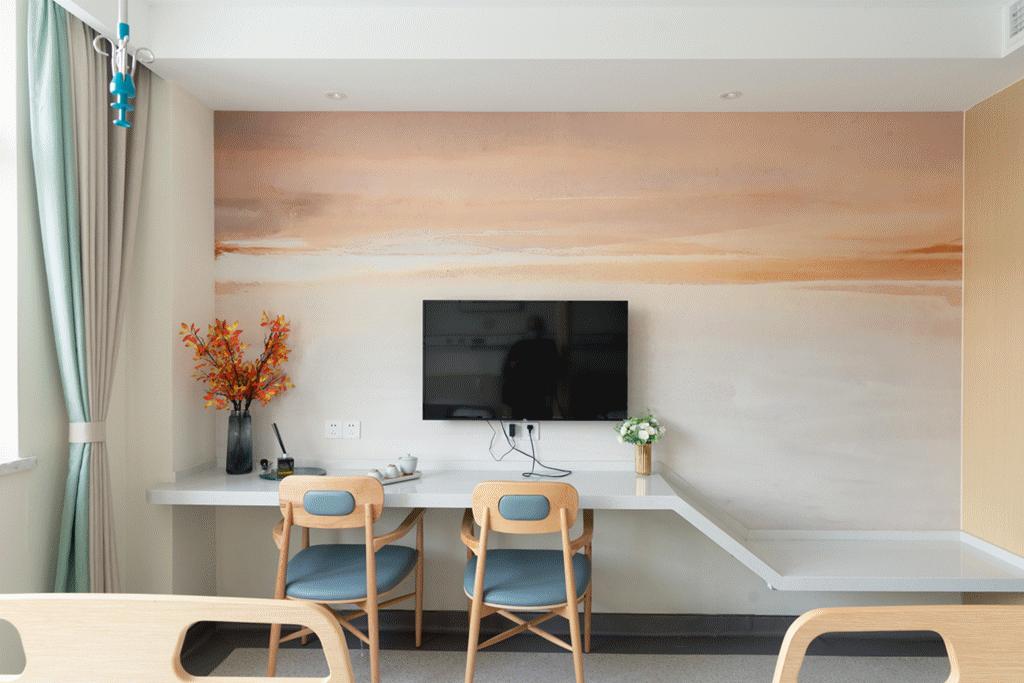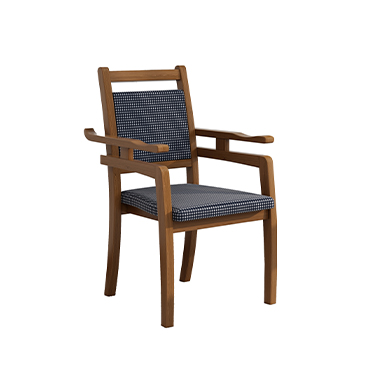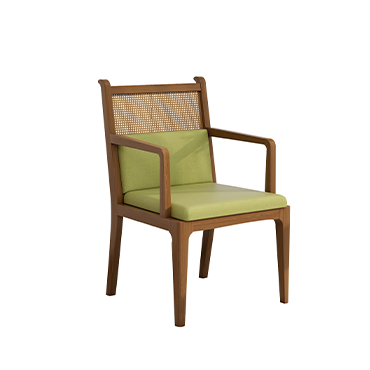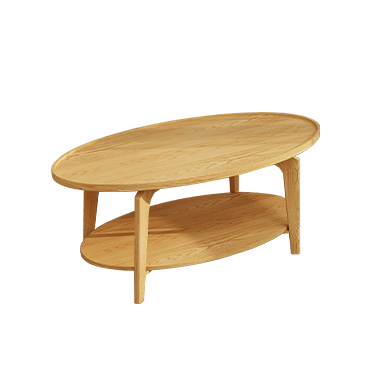The Necessity and Value of Aging-Friendly Renovation

What is Aging-Friendly Renovation?
Aging-friendly renovation involves optimizing and adjusting the living environment based on the physical characteristics and habits of the elderly. By modifying furniture arrangements, enhancing safety details, and incorporating barrier-free designs, it helps seniors move around, bathe, use the restroom, and rest more comfortably. These adjustments alleviate the discomfort caused by physiological changes and reduce the risk of injuries at home.
The Necessity of Aging-Friendly Renovation
Enhancing Elderly IndependenceAging-friendly renovations enable seniors to perform basic activities such as eating, using the restroom, and bathing on their own. This helps maintain their dignity, boost their confidence, and increase their overall enthusiasm for life.
Reducing Falls and Injury RisksFalls are the leading cause of injuries and fatalities among people aged 65 and older in China. Optimizing the home environment can effectively minimize fall risks. For example, installing handrails can assist seniors with mobility issues, while anti-slip flooring can significantly reduce the likelihood of falls.
Alleviating the Burden on Family Members and CaregiversAging-friendly renovations allow some seniors to live more independently, reducing their reliance on caregivers. Even in cases requiring intensive care, appropriate facilities can ease the caregiving process and improve efficiency.
Improving Family Relationships and Quality of LifeRenovations can lessen the physical and emotional strain on caregivers while also alleviating the guilt and pressure seniors may feel from being taken care of. This contributes to a more harmonious family atmosphere.





